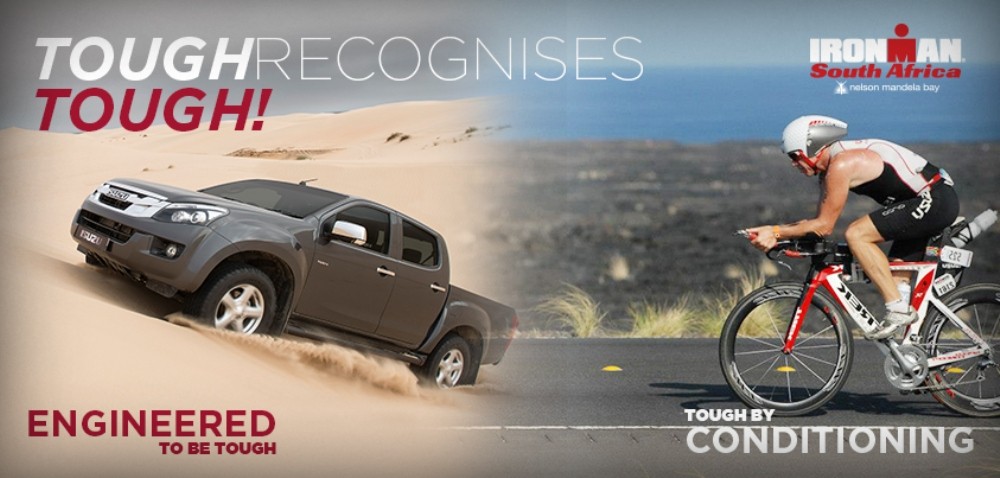Never underestimate the importance of developing your Aerobic Engine!
If you are training for IMSA 70.3 you still have time and if you are training for IMSA in April you have plenty of time to maximise this little training tip.
Many just run easy, as they like the competitive element they get from riding the bike or chasing times in the pool. The truth is though that easy runs just don’t cut it, if you want to be better than you previously were, or if you want to maximise your potential and remember the run is the most important discipline in Ironman.
The flipside is those athletes who cut straight to the chase, doing quality track workouts or hill repeats, without building a strong base. Just as with the Three Bears, if you don’t have a strong base, your structure will collapse in time.
The most important phase of the training plan for me is the ‘Aerobic Engine’ development and this is how I go about it! I will do 8 weeks of this type of training every 6 months and have just commenced with a 4 week phase in my build up to 70.3 and then will do another 4 weeks in the build up to the Ironman (if I decide to do IM 2013). Bear in mind I’ve had quite a long break since Kona Ironman (Mid October) and am carrying an extra 4 or 5 kilos, so my pace is a little slower than normal and I’m behind the 8 ball somewhat.
For me, I will work out what my potential 5km time (and corresponding Heart Rate) is relative to my fitness ( this gives me an indication of what my threshold pace or HR is) and then I will set out to run as many runs as possible close to my threshold pace/rate. Some are steady to hard runs, but avoiding the red zone and some are easy to medium, but keeping the HR working and trying to avoid junk miles.
So for me I will try and run my easy runs at 4:45-4:50 per km (HR would be about 130) and I would rather run 8km at this pace than ‘plod’ 12-15km at 5:30’s. It won’t be long before I’m running 15km easy runs at 130 HR, especially if I am developing my aerobic engine.
My steady runs will target a HR of 140-145 which means I would be running 5-8km at about 4:30/km. Sure, I could run 5-8km at a faster pace, but then my HR would go beyond the ‘red zone’ and then I would need more recovery. (Bear in mind that I am also doing biking and swimming so I don’t want to overdo it)
My threshold pace would correspond to a HR of close to 155 and in a week or two I will add a 5 or 8km club TT to the mix and aim to target a HR of about 145-150. My long run pace would be just below 120HR (75% of threshold), so it would be comfortable and conversational, but would still fatigue me when I start approaching 90-120 minutes.
The goal is to try and run as many sessions as possible at a decent HR and for me 3 runs at ave 140-145; 2 at 130 and 1 long run at 120ish will be far more beneficial than a few easy runs at 120 or below, with 1 or 2 really hard hill or interval sessions.
The best way to monitor an improvement in your Aerobic engine is to run a set route (example 15km) and to aim to run at about 90% of your Threshold, so for me it would be about 140HR and I may record a time of about 70 minutes (4:40/km) dependant upon the terrain. Every 2-3 weeks I would run the same course and aim for the same HR and it is amazing to draw a graph and watch the pace get progressively faster and faster.
I know I am fit when I can run the same course 5 to 6 minutes faster at the same HR and once the improvement stops, or plateaus, then you know you have maximised the development of your aerobic engine. Now it is time for those intervals or hills.


